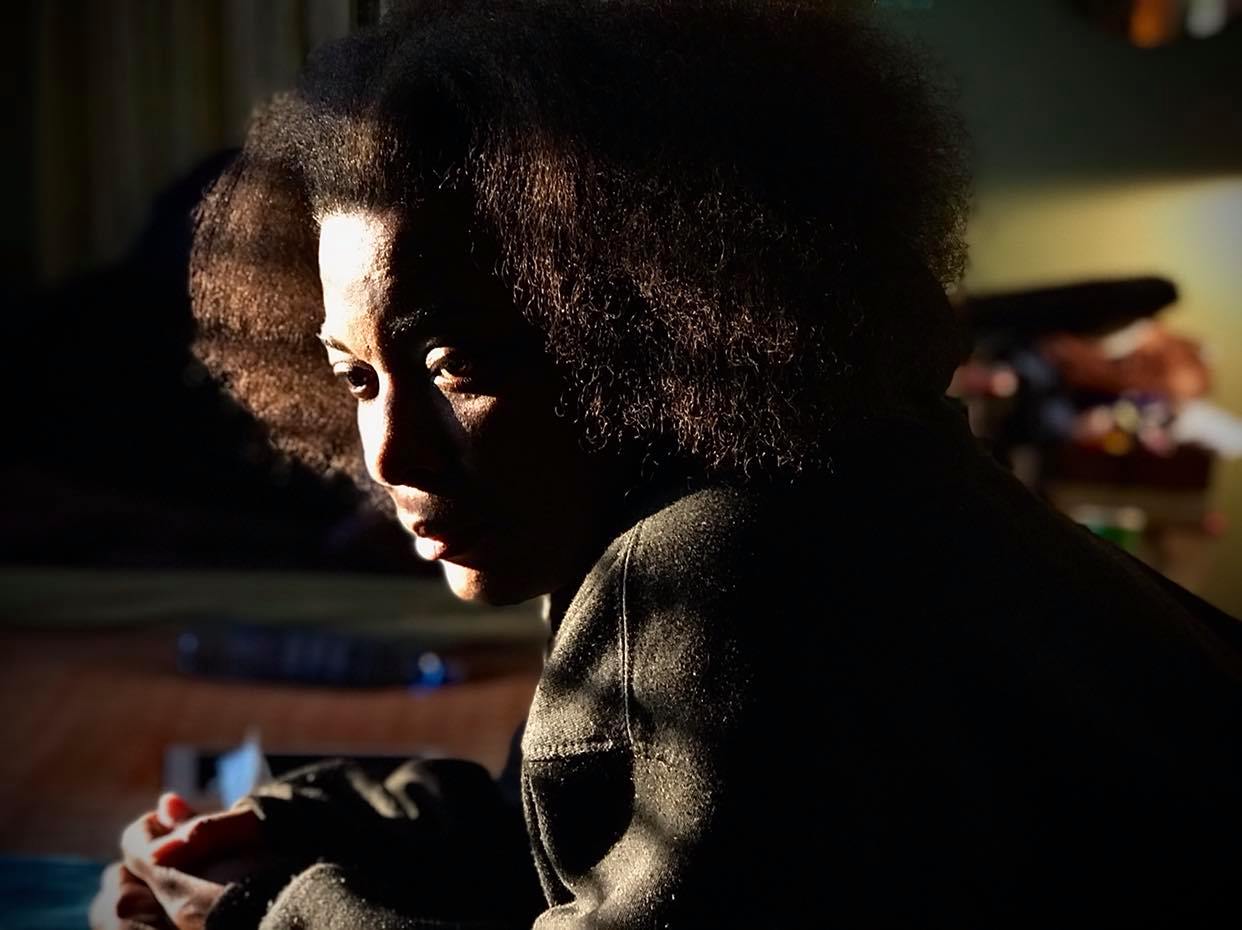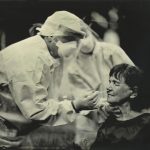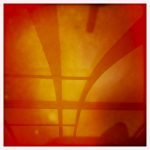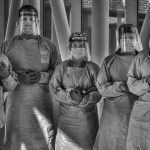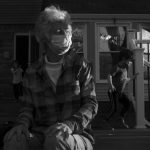Photo by Dawn Majors. My sister had just been diagnosed with cancer at the beginning of the pandemic. This made the entire pandemic extremely difficult as I still worked with the public throughout the pandemic and was concerned I’d infect her.
TEXT AND PHOTOS BY DAWN MAJORS, BILL STEBER, JOON POWELL, AND JOHN PARTIPILO
Illustrating their divergent perspectives and practices, four photographers from Nashville, Tennessee, USA, each with a solid foundation in newspapers, have prepared an exhibit of their artistic responses to the first worldwide pandemic in most people’s living memory. The challenges of upended lives and renewed hope for a more normal future have called out to artists, prompting multifaceted responses that reflect how individuals and societies too have responded in varied ways with varied coping mechanisms. The exhibit is currently on display at Nashville’s Scarritt Bennett Center, running July 1-September 30. In 2022, it will be shown at Vanderbilt University, where it will become part of the permanent fine art collection. In the months leading up to the Scarritt Bennett exhibit we’ve been featuring their work in an ongoing Anthrow Circus series, a project that is as much a study of photographic styles as a record of the pandemic
As the after-times beckon, we are experiencing a forever altered world. In this collection, “Legacy,” Nashville-based photographers Dawn Majors, Bill Steber, Joon Powell, and John Partipilo ask how we will remember this time.
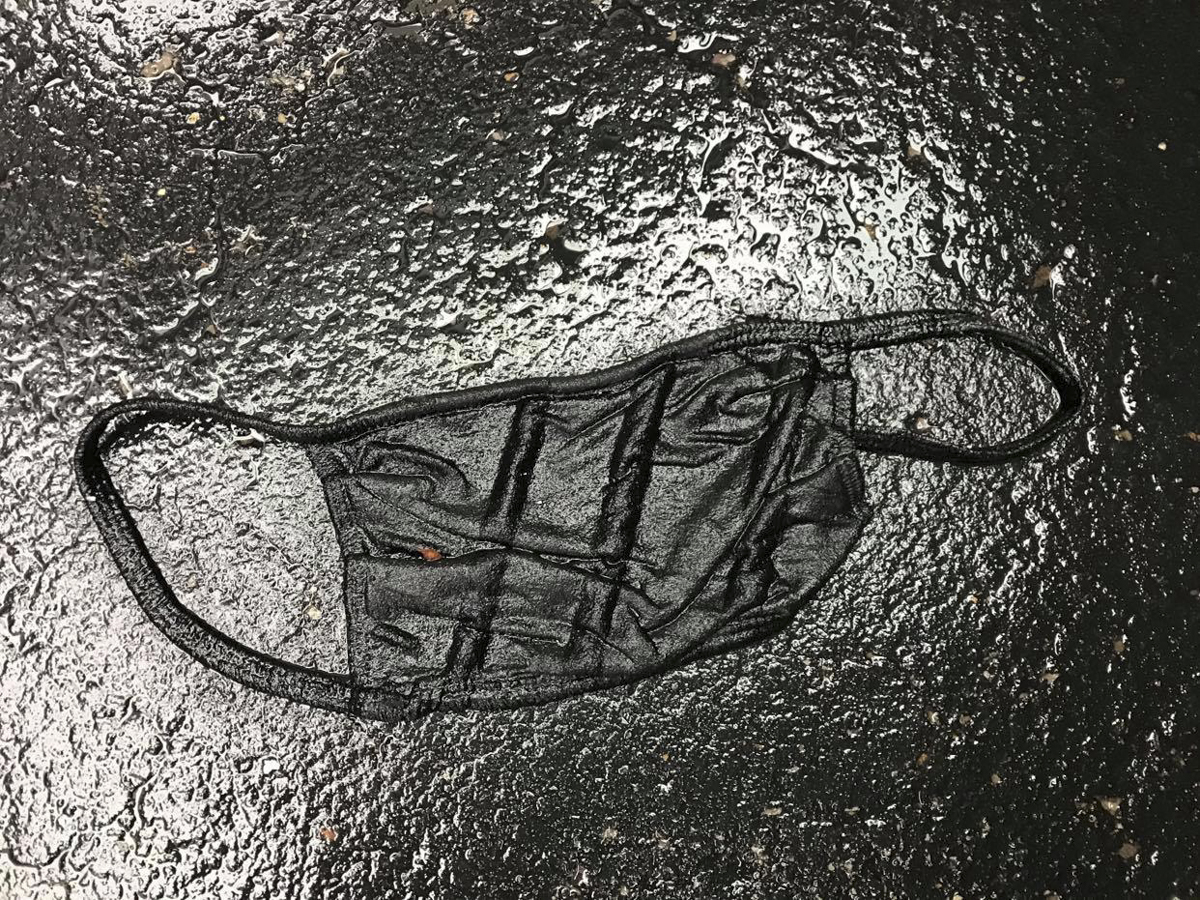
The discarded mask is a visual metaphor for so many public attitudes. If a person felt as though the virus wouldn’t have an impact on their life, they would discard the fact that others were masking for those we love, if not for our own safety.
Dawn Majors’ photos are a quiet exploration of the intersection of nature and humanity’s odd creations, with a gentle affirmation of her own identity. At once painterly and specific, macabre and whimsical, Majors’ full-on embrace of her cell phone as a tool shows a jaunty appreciation for pedestrian discoveries with an escapist appeal.
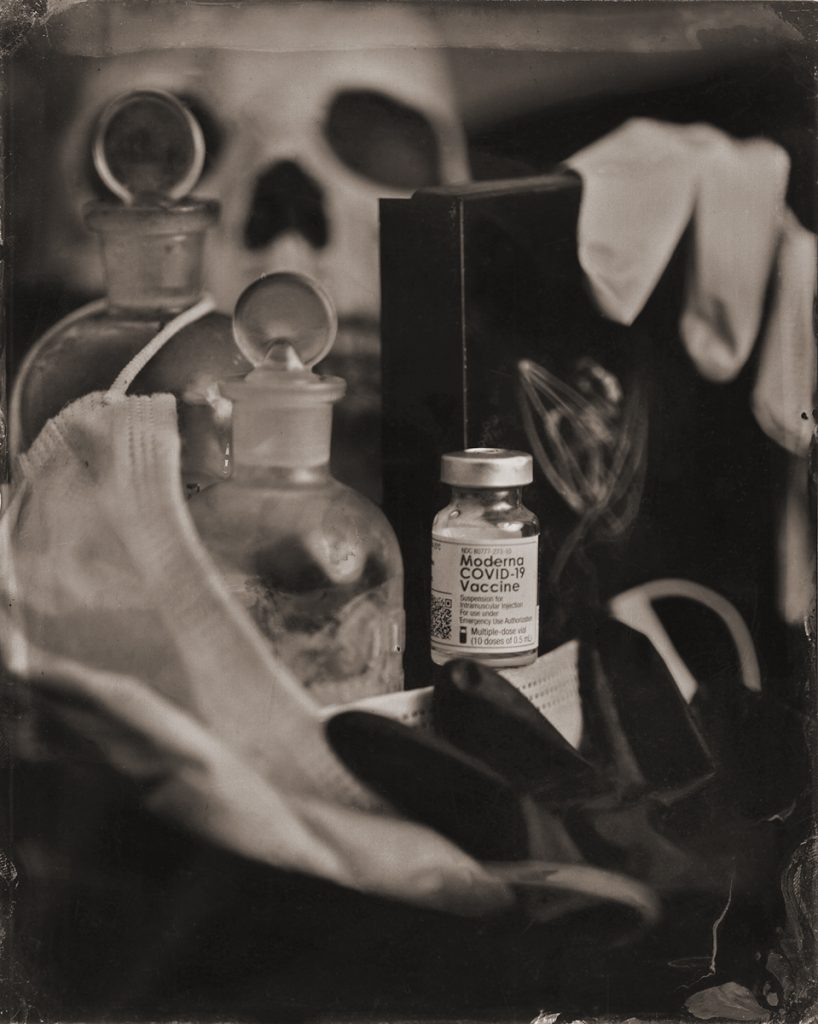
This is an ambrotype still life created with a camera and lens from around 1900. I wanted to do a traditional pandemic-themed tableau in the style and sensibility of the 19th century, complete with medical ephemera and memento mori. At the center is a used vial of Moderna vaccine, surrounded by medical masks, gloves, antique bottles of alcohol and disinfectant, a frame containing bat skeleton bones, and in keeping with a true memento mori, a replica of a human skull. The intent of this piece is to connect our modern time with pandemics past, connecting our current challenges with their historic antecedents.
Bill Steber’s larger body of work documents blues music and the American South using antiquated photographic processes. A tenured portraitist, Steber’s work is informed by a lifetime of visual storytelling paired with an extensive knowledge of music and the history of photography. The specific pandemic portraits created for this project utilize a wet plate process, which gives the images a haunting, timeless quality.
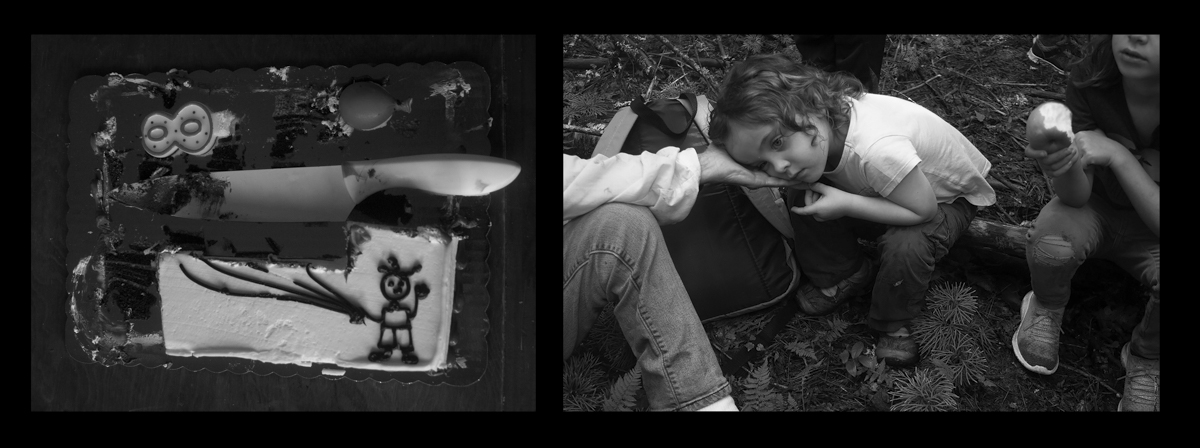
A knife bisects the remainder of my nephew’s birthday cake. My niece holds her grandmother’s hand to her cheek. Like many parents, we marked time in the pandemic by the milestones our children hit. We wondered, How will they remember the pandemic? Will it be formative for them? Will it cut their care-free childhoods short? Despite my fears, I finally came to notice that children know what they need. They need connection, and just like wildflowers lean into the sunlight, they will reach for what they need.
Joon Powell wields both a digital SLR and a 4×5 film camera to show her family’s isolation during the coronavirus pandemic. Drawing from the tradition of Emmet Gowin or Sally Mann, Powell documents her family, often using a series of diptychs to deepen the images’ meaning.
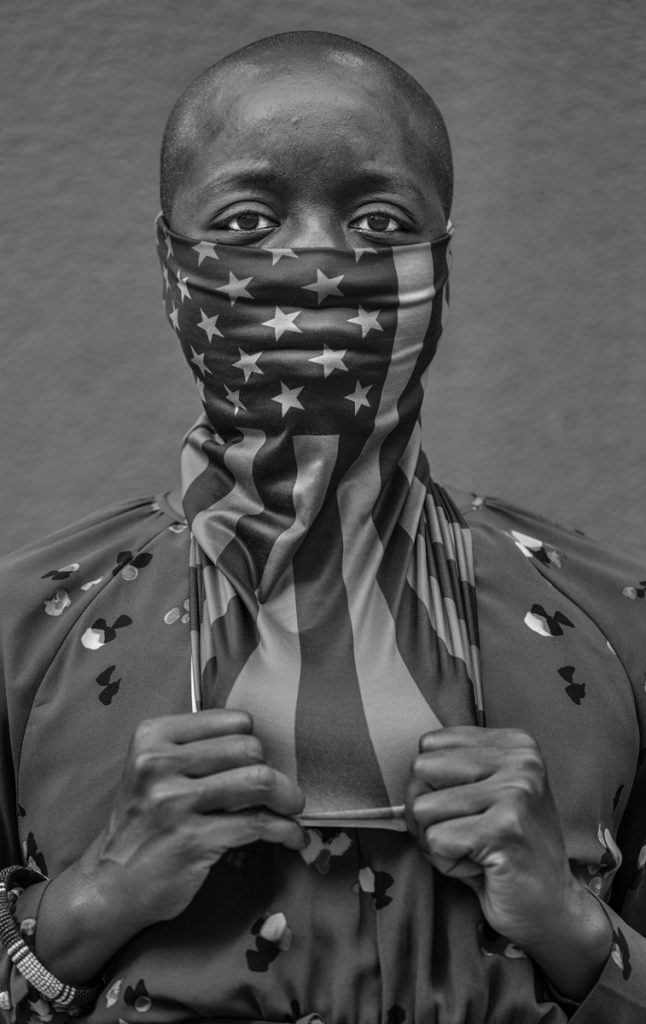
Tasneem Ansariyah Grace listens to a speech during a Black Lives Matter rally in Nashville, Tennessee.
Veteran newspaper photographer and photography instructor John Partipilo encapsulates Nashville’s diverse population with the observant and patient eye of a painter. His photographs of Nashvillians as they experience isolation, protest, sickness, and more lay bare the experience of many southern Americans at this unique historical moment.

